When it comes to ensuring the durability and reliability of electronic devices, ingress protection (IP) ratings play a crucial role. Among these ratings, IPX2 stands out as an indicator of a device’s resistance to water ingress. But how is IPX2 tested for water protection, and why is this testing important? Let’s dive into the specifics.
Understanding IPX2 and Its Significance
Before we explore the testing methods, let’s clarify what IPX2 means. The IP rating, short for Ingress Protection, is a standardized system developed by the International Electrotechnical Commission (IEC) to classify the degree of protection provided by enclosures of electrical equipment. The IPX2 rating specifically refers to a device’s resistance to water ingress when exposed to vertically dripping water.
For a device to achieve an IPX2 rating, it must be tested to ensure that it can withstand water droplets falling at an angle of up to 15 degrees from the vertical. This is crucial for devices that are likely to be exposed to light water exposure, such as kitchen appliances, some consumer electronics, and outdoor equipment.
The IPX2 Testing Procedure
Testing for IPX2 involves a carefully controlled process to simulate real-world conditions where water might come into contact with the device. Here’s a step-by-step overview of how this testing is typically conducted:
Preparation of the Test Environment:
The device under test (DUT) is placed in a testing chamber that replicates the conditions it would face in real-world scenarios. The chamber is equipped with a water source that can produce a controlled stream of water droplets.
Angle of Exposure:
The device is positioned at an angle of 15 degrees from the vertical axis. This angle is critical as it mimics the typical scenarios where water might fall on the device, such as when it’s mounted or used in a tilted position.
Water Application:
Water is dripped onto the device from a specified height. The flow rate and duration of the water application are standardized according to IEC guidelines. For IPX2 testing, the device is exposed to water droplets falling at a rate of 3 to 5 milliliters per minute, for a duration of 10 minutes.
Inspection:
After the exposure period, the device is carefully inspected for any signs of water ingress. This includes checking for moisture inside the enclosure, any visible damage, or malfunctions.
Post-Test Evaluation:
The device’s functionality is tested again to ensure it operates correctly after the exposure. Any water ingress or damage is documented and assessed to determine if the device meets the IPX2 rating.
Practical Implications and Applications
Understanding how IPX2 testing is conducted helps manufacturers and consumers alike in selecting the right devices for their needs. For example:
Consumer Electronics: Devices like smartphones, tablets, and smartwatches often undergo IPX2 testing to ensure they can handle incidental water exposure, such as spills or light rain.
Home Appliances: Kitchen gadgets and bathroom equipment benefit from IPX2 ratings as they are frequently exposed to water in daily use.
Outdoor Equipment: Tools and equipment used in outdoor environments are often rated to withstand varying degrees of water exposure, ensuring they remain functional even in adverse weather conditions.
Testing for IPX2 is a vital process that ensures electronic devices can handle light water exposure without compromising their performance or safety. By adhering to standardized testing procedures, manufacturers can guarantee that their products meet the required quality and reliability standards
For businesses and consumers alike, understanding IPX2 and its testing procedure is essential for making informed decisions about the durability of electronic devices. If you have any questions about ingress protection testing or need assistance with ensuring your products meet IP standards, feel free to contact us at CDG. We’re here to help you ensure that your devices are up to the mark!


